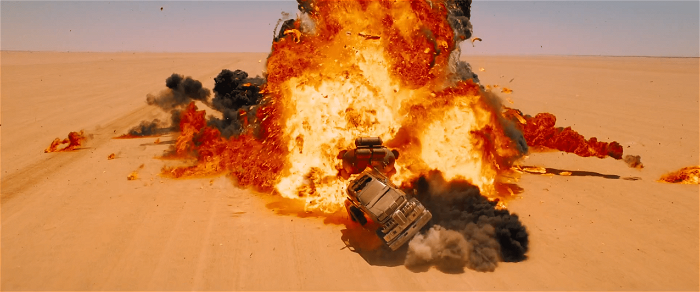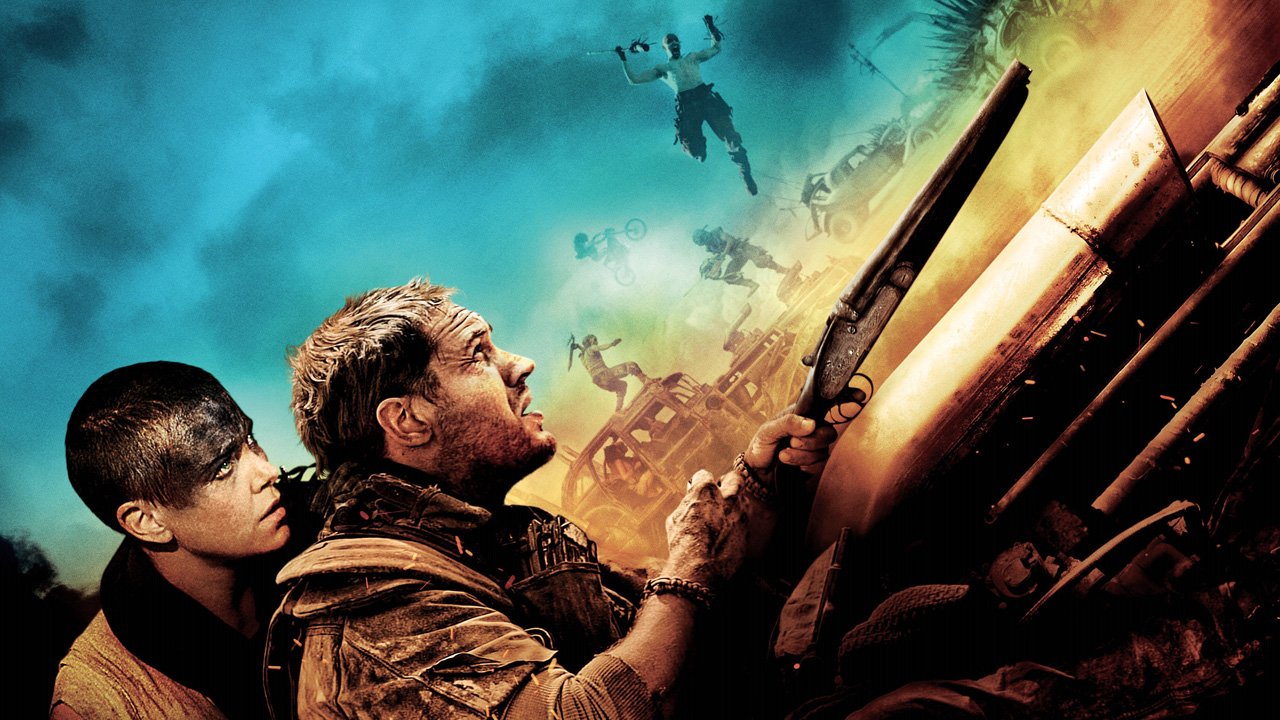Mad Max: Fury Road has been called many things – a feminist film, a Hollywood summer blockbuster with brains – but it’s also the perfect primer for future comic book, and action movies. Veteran filmmaker, and mastermind George Miller took a mostly forgotten franchise, and dramatically catapulted it into relevancy whilst reminding all other filmmakers, producers, and studio executives on how to properly film an action movie. Dramatic wide shots, shaky cam nowhere to be found, eccentric spectacles and action sequences that feel grounded and authentic, and a lack of CGI nonsense. Mad Max might be set in a post-apocalypse future, but it’s potentially leading the way for a better tomorrow for large studio movies.

Now firstly, enough with the way action is edited and filmed Hollywood! Paul Greengrass – one of the best around – arguably pioneered filming action with close-up, intimate shots while frenetically swaying the camera in different directions. He did this during the latter two Bourne films – Supremacy, and Ultimatum. But where shaky cam miserably fails in movies such as Taken 3 for example, Greengrass managed to make it feel like an extension of both of these Bourne movies’ narratives. Jason Bourne’s story moves at a frenetic pace, and neither he nor the audience know what’s awaiting him at every corner. No one’s in control. So it totally makes sense, and feels gratifying even, to view Bourne struggling to fend off the plethora of thugs that are after him in such an uncomfortable fashion. Also, Greengrass is just talented enough to pull off filming in this way without making it feel intolerable.
Miller was wise enough to know that, with what Fury Road’s script demands, a deluge of wide shots is the only way to go even if it meant adding extra work, and risk for all the stunt doubles. There’s no easy way around capturing a smorgasbord of vehicles exploding, people flipping over and hanging on to gargantuan poles attached to the vehicles, and watching Tom Hardy and Charlize Theron practically perform Cirque du Soleil on their beloved truck.
But the most interesting, and important aspect of Fury Road that almost all comic book, and action directors can take away from the movie is how everything just feels so palpable, intimate, and vital. Marvel and DC, pay very close attention to what Miller does here. Even though Max and Furiosa do go through a barrage of obstacles and enemies, none of it feels like an afterthought. The problem that most comic book movies are starting to encounter – Avengers: Age of Ultron is proof of this – is that none of it really feels all that important, or risky. Viewers know that their favorite heroes will come out of their latest adventure unscathed.

The way writers and directors approach these projects makes them seem pusillanimous, and it’s not really their fault. Now of course Mad Max and, say, Iron Man are completely different IPs that inevitably demand widely discrepant tones. But like Tony Stark, Max also can’t die in his own movie, and he never does for all four of them. But Miller manages to make Max feel like he’s in more threatening situations than Stark. The action is just visually brutal, and Miller and company keep throwing everything they have at the titular character until viewers are left gasping for breath by the end of the film. But it never feels too ridiculous, or stupid.
This is possible in comic book movies, hence why Captain America: The Winer Soldier is regarded by most to be Marvel Studios’ best film to date. Is it just a coincidence that in Steve Rogers’ second outing, the action doesn’t feel too fantastical or bombastic, instead it’s quite personal, and mostly close-quartered? Make the character feel like he/she is at risk, and avoid congesting a film with superfluous enemies, and obnoxious visual extravaganza.
It’s going to be an equally exciting, and tumultuous road ahead for both comic book, and action movies. Superman can’t keep demolishing enemy after enemy, building after building without people finally being disinterested. John McClane can’t survive another adventure imitating Neo from The Matrix. It all has to look like it matters. Miller and his beloved Mad Max have proven that crazy doesn’t have to be ludicrous or even humdrum, it’s just the way you write, and film it that’s important.




